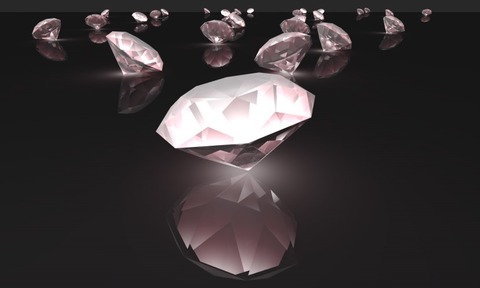Diamond "flaws" could provide quantum leap
25 Nov 2013

By exploiting flaws in minute diamond fragments, researchers at Cambridge’s Cavendish Laboratory say they are now capable of harnessing the fragments’ potential for use in precise quantum sensors.
Atomic impurities in natural diamond structure give rise to the colour seen in pink, blue and yellow diamonds. But these impurities are also a research focus in emerging areas of quantum physics.
One such defect, the Nitrogen-vacancy Centre (NVC), consists of a gap in the crystal lattice next to a nitrogen atom. This system traps electrons whose spin states can be manipulated with extreme precision.
“The nanodiamond’s biocompatibility can provide non-invasive optical access to magnetic changes within a living cell
Dr Dhiren Kara
Electron coherence - the extent to which the spins of these particles can sustain their quantum mechanical properties - has been achieved to high levels in the NVCs of large ’bulk’ diamonds, with coherence times of an entire second in certain conditions - the longest yet seen in any solid material, according to researchers.
However, in nanodiamonds - nanometer sized crystals that can be produced by milling conventional diamond - any acceptable degree of coherence has proved elusive.
Nanodiamonds offer the potential for both precise resolution, as they can be positioned at the nano-scale, and biocompatibility - as they have can be inserted into living cells.
However, without high levels of coherence in their NVCs to carry information, these unique nanodiamond benefits cannot be utilised.
Dr Dhiren Kara said: “The nanodiamond’s biocompatibility can provide non-invasive optical access to magnetic changes within a living cell - essentially the ability to perform MRI and detect, for instance, a cell’s reaction to a drug in real time.”
The results were published in the journal Nature Materials.

